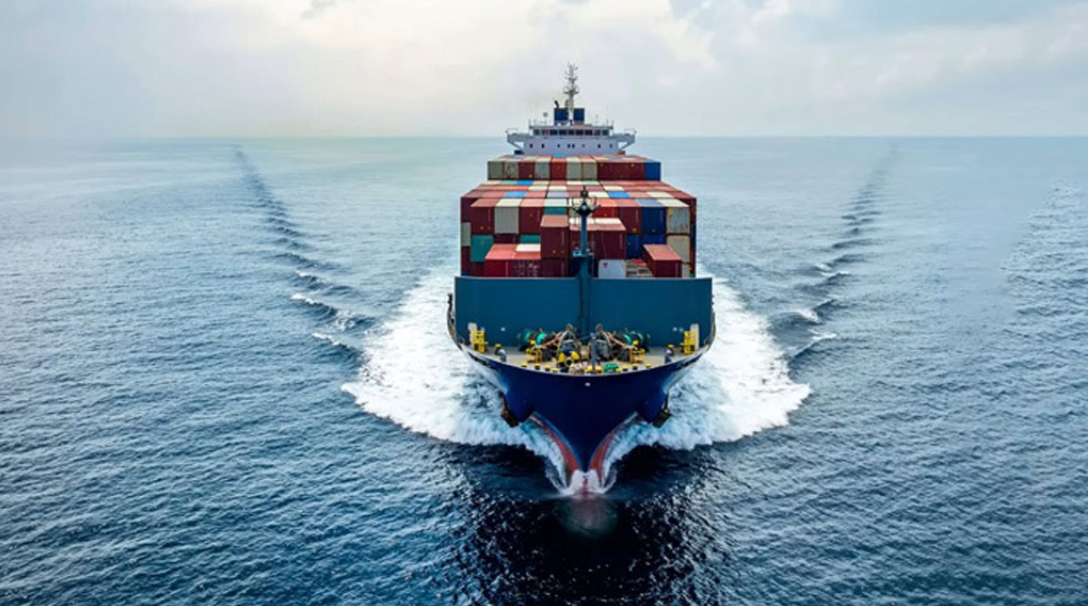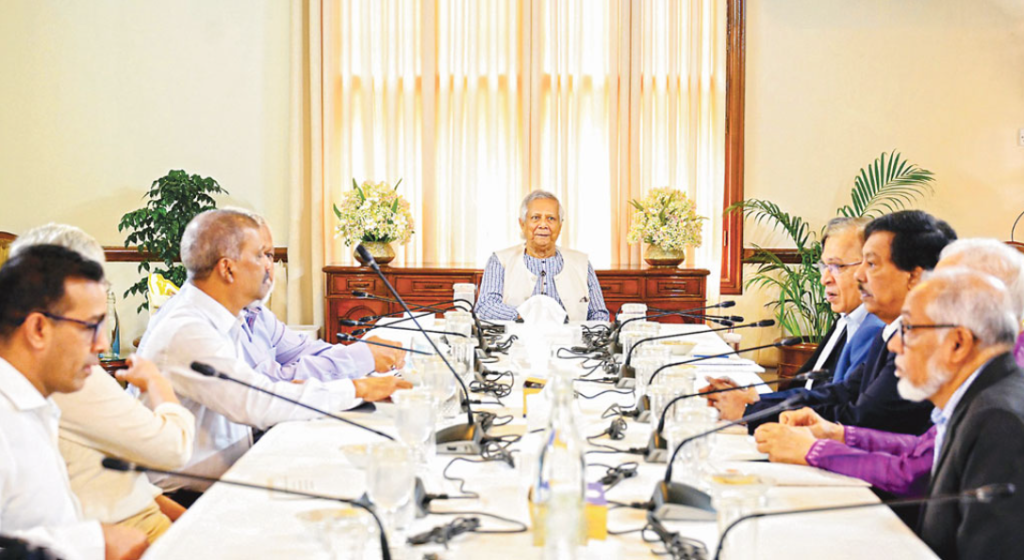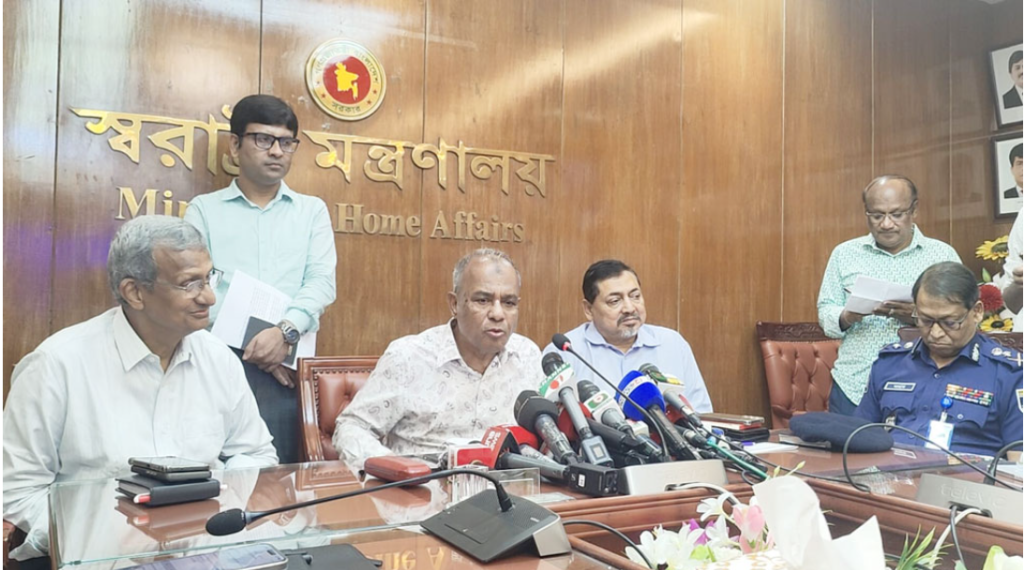Desk Report:
There is no accurate count of how many and how many types of vessels ply in the country’s inland waterways. Only those vessels registered by the Department of Shipping are registered. Apart from this, although various types of small and large vessels ply in the rivers every day, the department does not have any information about them. As a result, the government does not receive any revenue from these vessels that ply illegally without registration.
Sources in the Department of Shipping said that to know the exact number of vessels, a vessel survey or census is necessary. However, no vessel survey has been conducted in the country since independence. As a result, it is not possible to know the exact number of vessels plying in the country’s waterways.
The department’s Chief Nautical Surveyor (Current Responsibilities) Md. Giasuddin Ahmed told Fast Bangla, “We do not have any account of inland vessels. However, we do have the account of those that are going abroad. The work of creating a database of inland vessels is underway, and it will be done very soon.’
However, to operate a vessel legally, it is mandatory to have a registration certificate from the Department of Shipping. The department surveys the vessel and verifies whether everything is in order and then issues a registration certificate. According to the department’s calculations, 22 types of vessels are currently registered. But apart from this, numerous small, large and medium-sized vessels regularly ply on various waterways of the country, but the authorities do not have any information about them.
There is little effective surveillance or monitoring to stop unregistered vessels. As a result, unfit and unseaworthy vessels are plying freely. This clearly shows the shortcomings in the safety of vessels and waterways.
In such a reality, the Department of Shipping is observing World Shipping Day today, September 25.
According to the Department of Shipping, a total of 20,552 vessels have been registered as of December 2024. The 22 types of registered vessels include—853 passenger launches, 700 passenger boats, 3,838 cargo vessels, 425 oil tankers, 7,933 sand carriers, 2,202 dredgers, 69 cutter suction dredgers, 1,909 cargo vessels, 218 tag boats, 1,281 speed boats, 50 ferries, 171 work boats, 33 inspection boats, 32 tourist launches, 646 barges, 20 house boats, 16 water taxis, 31 floating pumps, 15 pontoons, 32 crane boats, 7 tourist boats, 7 floating hospitals, and 64 other vessels.
The tangle of boat census is unraveling
Although the boat census project was taken in 2016 to determine the total number of boats, both legal and illegal, in the country, its Development Project Proposal (DPP) was not approved for a long time. After being delayed for almost eight years, the project was approved by the ECNEC in April 2025.
According to project sources, the project period has been set from January 2025 to 2028 and the cost has been set at about Tk 43 crore. Under this, a national boat database will be created, where registered and unregistered boats can be separated. The government’s revenue will be increased by bringing unregistered boats under registration.
When asked, Director General of the Department of Shipping Commodore Md. Shafiul Bari told Fast Bangla, “A project to create a database to determine the exact number of boats has been undertaken and an MoU has been signed with the Bangladesh Bureau of Statistics (BBS). BBS has also started work. Within the next two years, the information of each boat will be included in the database. There will be everything there, including the name of the vessel, registration, engine characteristics, carbon emissions and environmental pollution levels. It is estimated that 10 to 15 thousand vessels are currently operating without registration. If the database is created, the government’s revenue will increase and illegal vessel traffic will be stopped.’
Major challenges of the shipping sector
According to those involved in shipping, although the shipping sector in Bangladesh has potential, there are various shortcomings. The biggest problem is the navigability crisis of the rivers. Due to insufficient dredging, shipping is disrupted in many places. Weak infrastructure, lack of modern wharves and terminals, old passenger and cargo vessels, and lack of safety equipment – all of which increase the risk of accidents.
In addition, lack of coordination in policy formulation, shortage of skilled manpower and slow use of technology are further complicating the situation. Reduced navigability during the dry season, encroachment of rivers and pollution are also narrowing the waterways. Limited passenger service and slow modernization are holding the shipping sector back.
Md. Imran Uddin, Assistant Professor at the Accident Research Institute of Bangladesh University of Engineering and Technology (BUET), told Ajker newspaper, “Although the shipping sector in Bangladesh has immense potential, there are various deficiencies. Various problems are constantly holding our shipping sector back. Without accurate statistics, it is not possible for the government to formulate effective policies. Therefore, conducting a ship census on an urgent basis, controlling unregistered vessels, increasing dredging and emphasizing modernization are the demands of the time. Apart from this, the government’s budget for the shipping sector is completely inadequate. By increasing the budget and making proper planning, it is possible to transport passengers and goods by waterways in a sustainable manner, reducing the pressure on roads.”




